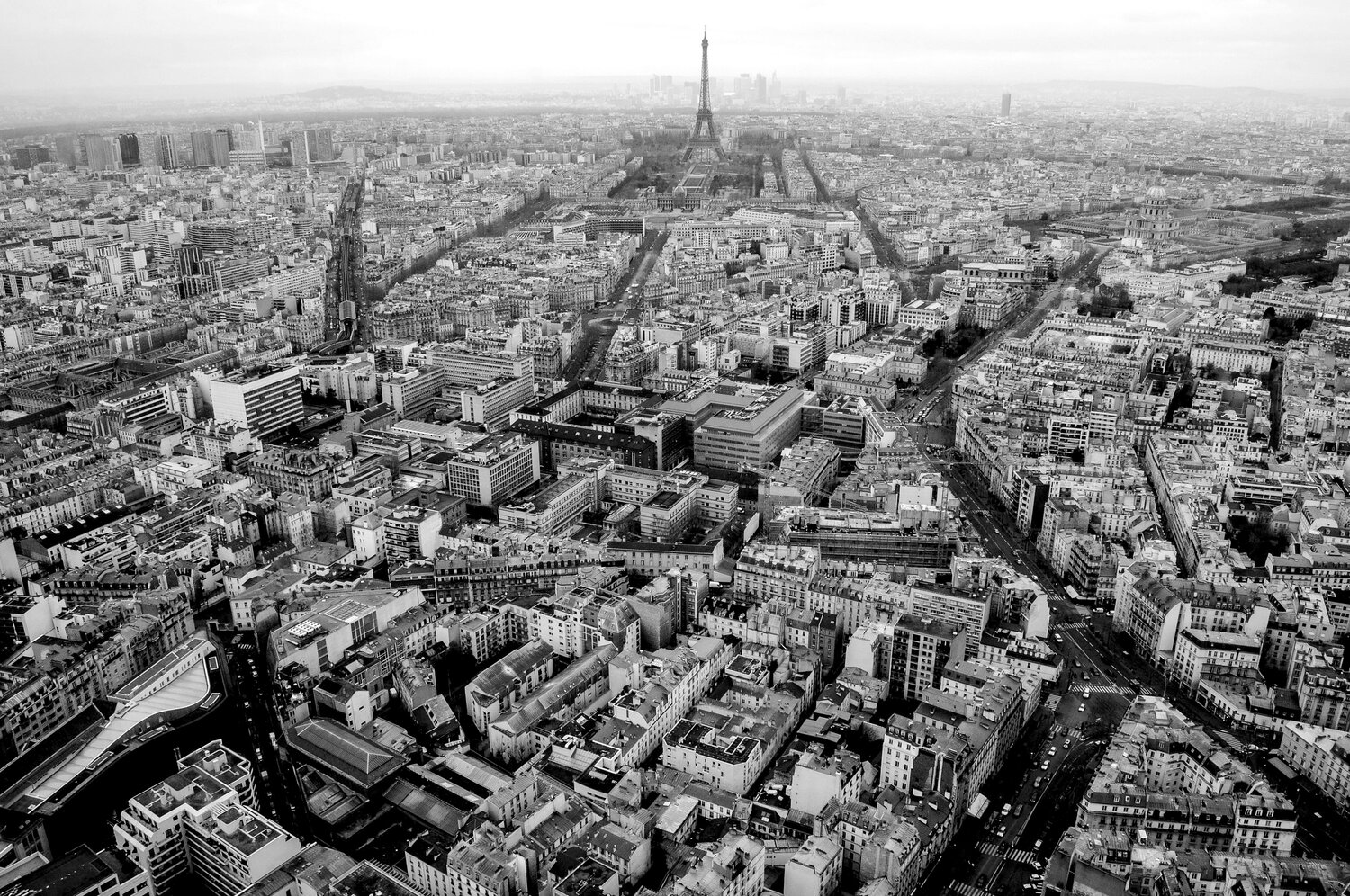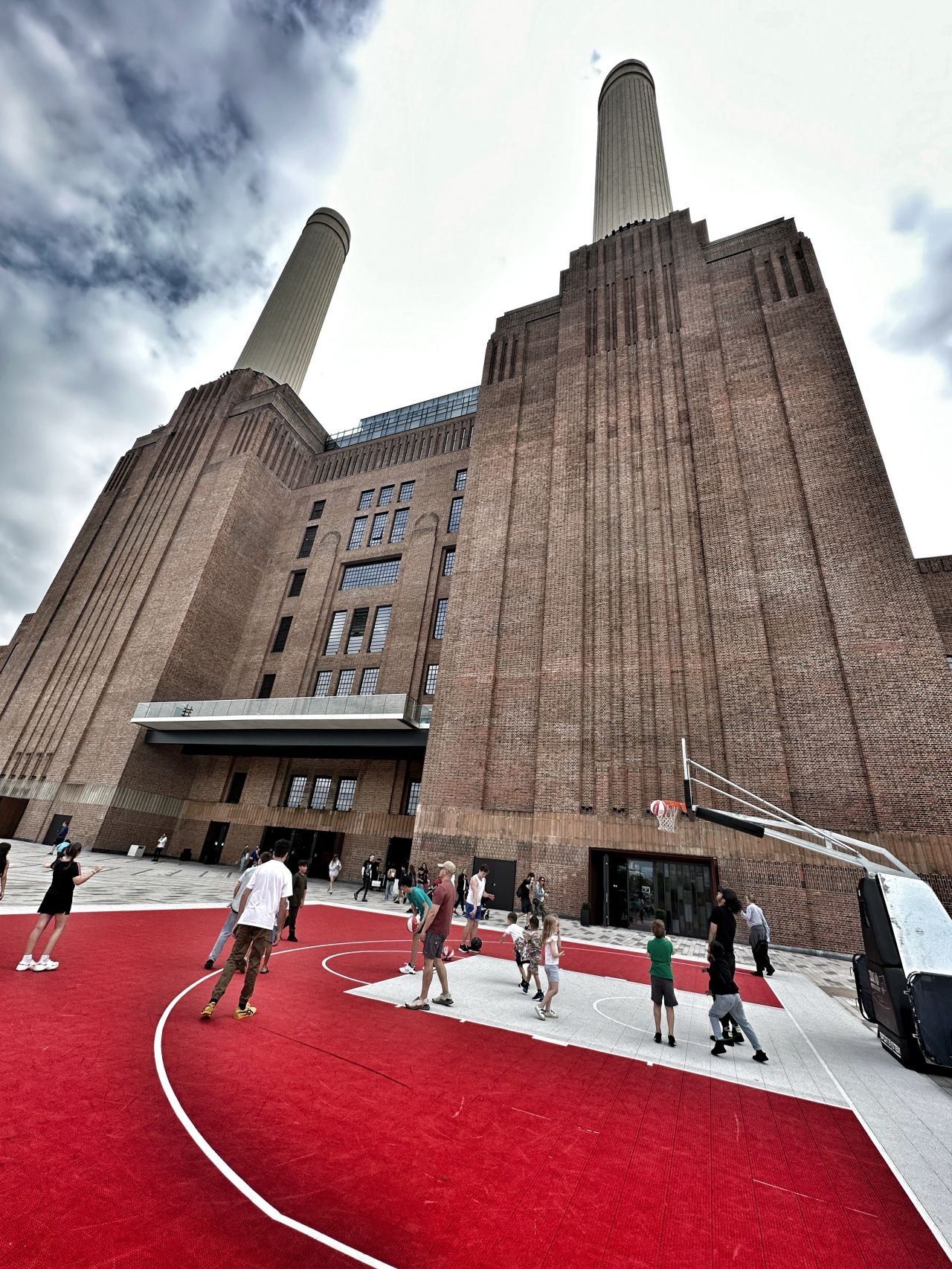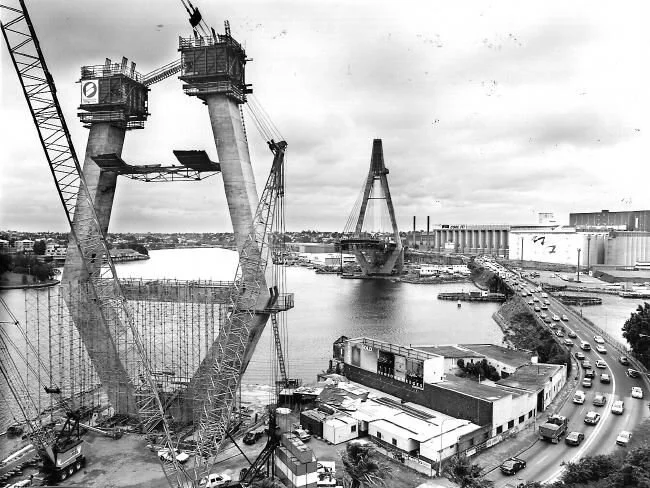I've written once or twice before on the glass and steel enclave that is Canary Wharf, in London's east. La Défense could be regarded as the Parisian equivalent. While their histories differ significantly, their purpose is somewhat similar: they offer space to alleviate the cities from the pressure from intense commercial floorspace demand.
Apart from Montparnasse (and of course, the Eiffel Tower), Paris has - throughout history - enforced strict restrictions on building heights. During the 60s and 70s, as the economy became increasingly focused on services sectors, demand for office space boomed. As a result, La Défense attracted large-scale property development because it was able to offer the space for vertical growth.
With property demand remaining strong across Paris, solutions to the problems facing planners today are not simple. The city juggles the needs of economic and population growth with transport congestion and historic conservation.
La Défense is no quick-fix. In fact, channeling thousands of workers into this major office hub places immense pressure on city systems. However, unlike London which has recently allowed for height increases across the core, Paris refuses to relax downtown height restrictions. As London's large commercial schemes now spread from Canary Wharf right across the West End, Paris remains focused on concentrating its major office developments in La Défense. The government is supporting this with an ambitious 9 year investment plan.
Which model works best? Will Canary Wharf suffer from the inner city developments which act to siphon demand? Will La Défense fail to produce what international investors expect in a world class city?
Heading over to the La Défense precinct last week, I was impressed with the unique architecture that lines the wide pedestrian plazas. The symmetrical landscape design and interesting building shapes offer an aesthetic touch that many city's don't. But would I want to work there? Probably not.
While it is beautiful, La Défense lacks the small-grain character that is vital to urban vibrancy - a characteristic that makes central Paris so special in the first place.
Rather than a blank criticism, this is just one simple observation of a district that I believe offers immense opportunity to solve a number of urban growth problems. If Paris can get it right through Project La Defense 2015, the area will act as a wonderful example of how to balance the needs of market-driven growth with historic preservation. As London's skyline looks bound to further fragment, perhaps there are lessons to be shared in both directions.
All photos by Tom Oliver Payne.



















